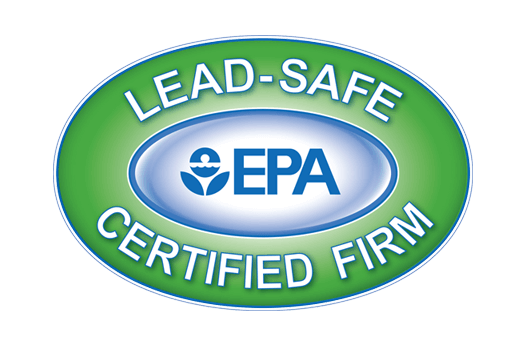Choosing energy-efficient windows for your home is one of the smartest investments you can make. Energy-efficient windows can enhance comfort, contribute to cheaper energy bills and reduce your carbon footprint. Two key performance metrics that define window efficiency are the U-factor and Solar Heat Gain Coefficient (SHGC). Understanding these values can help homeowners select the best windows for their climate and needs.
What is U-Factor and Why Does it Matter?
The U-factor measures how well a window insulates by determining the heat transfer rate. It is typically expressed as a value between 0.20 and 1.20, with lower numbers indicating better insulation.
- Lower U-factors (0.20 – 0.30) are ideal for colder climates, as they help retain indoor heat during winter.
- Higher U-Factor (0.50 and above): Common in milder or warmer climates where insulation is not a primary concern.
In Wisconsin, where winters can be harsh, low U-factor windows are crucial to prevent heat loss and improve home comfort.
What is the Solar Heat Gain Coefficient (SHGC)?
The Solar Heat Gain Coefficient (SHGC) measures the amount of solar radiation that passes through a window. The rating ranges from 0 to 1, with lower values indicating less heat gain.
- Low SHGC (0.20 – 0.40) reduces heat gain from sunlight, making it ideal for homes in warmer regions or rooms with excessive sun exposure.
- High SHGC (0.50 – 0.80) allows more solar heat to enter, which is beneficial for cold climates as it helps with passive solar heating.
For Wisconsin homes, a balance is needed. South-facing windows may benefit from a moderate SHGC to capture heat in winter, while east and west-facing windows should have lower SHGC to minimize excessive summer heat.
How to Choose Energy-Efficient Windows for Wisconsin Homes
When selecting windows for your home, consider these key factors:
1. Look for ENERGY STAR® Certified Windows
Windows with an ENERGY STAR® certification meet strict efficiency standards. In the Northern Climate Zone (which includes Wisconsin), ENERGY STAR recommends:
- U-Factor of ≤ 0.30
- SHGC of ≥ 0.40 (for passive solar heating) or ≤ 0.30 (to reduce summer heat gain)
2. Consider Multi-Pane Glass with Low-E Coatings
Low-emissivity (Low-E) coatings help control heat transfer and UV rays, making your home more energy-efficient. Triple-pane glass with argon gas fill provides excellent insulation for Wisconsin’s cold winters.
3. Frame Material Matters
- Fibrex® Composite Frames (exclusive to Renewal by Andersen) offer better insulation than traditional vinyl and are more durable than wood.
- Wood Frames provide excellent insulation but require regular maintenance.
- Aluminum Frames are less efficient due to their high heat conductivity.
4. Choose Proper Window Styles
- Casement and Double-Hung Windows seal tightly and prevent air leakage.
- Picture Windows are fixed and offer the best insulation.
- Sliding Windows may not be as airtight as other styles, but they can be energy-efficient with quality weatherstripping.
The Bottom Line: Finding the Right Balance
For Wisconsin homeowners, the ideal energy-efficient window should have:
- Low U-Factor (0.20 – 0.30) to retain heat in winter
- Moderate SHGC (0.30 – 0.50) depending on sun exposure
- Low-E glass and insulated frames for maximum efficiency
If you’re considering replacing your windows, Renewal by Andersen offers custom-built, energy-efficient windows designed to handle Wisconsin’s climate. Contact us today for a free consultation and start saving on energy costs while improving your home’s comfort!













